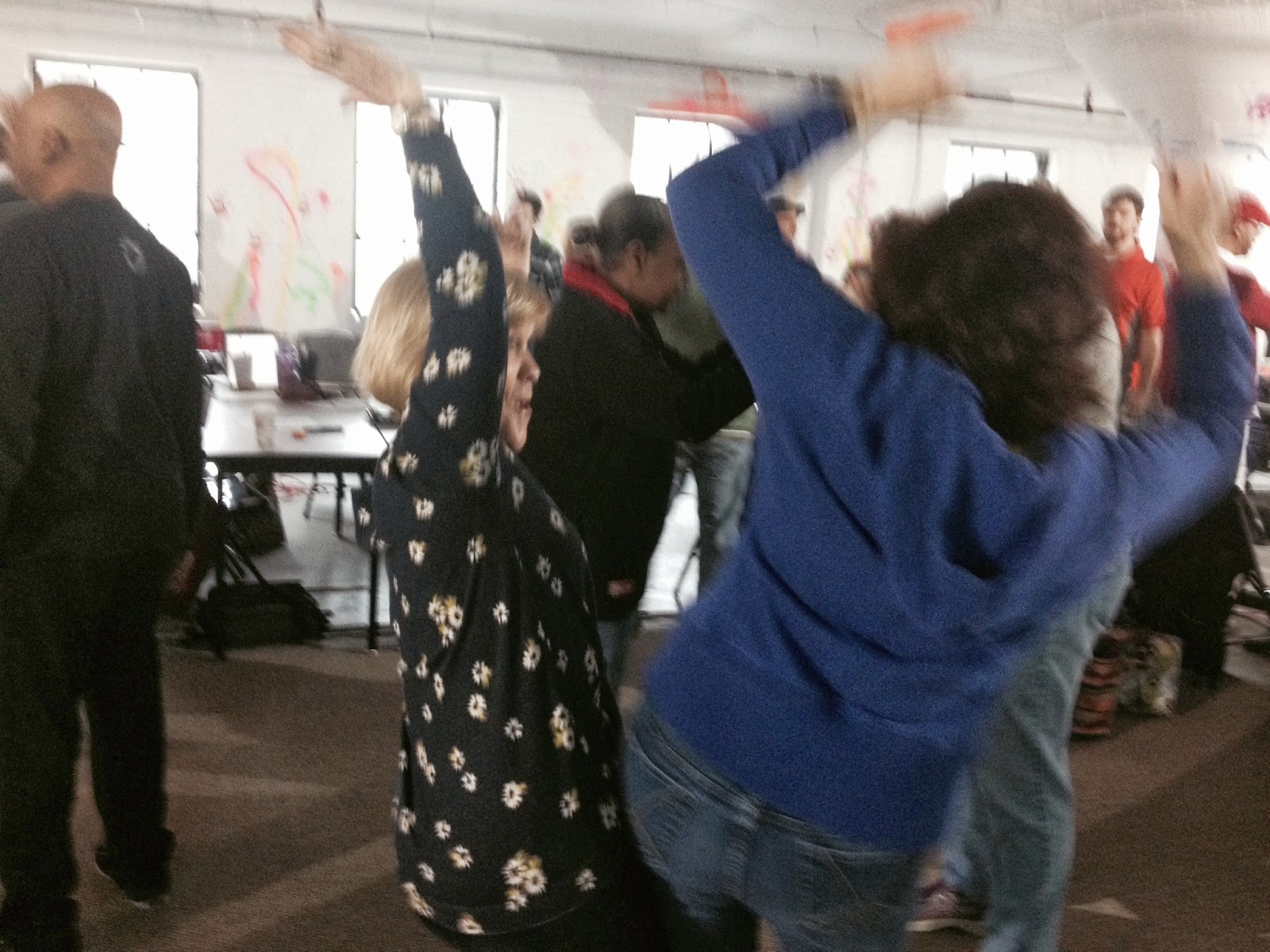Sunday, March 23, 2014
Creating Group Norms Makes a Difference!
In February each of your teams set specific norms based on what you have learned about each other. As we look forward to summer work in your departments and also some interdepartmental work, do take the time to talk about what each individual brings to the group and needs from the group and build group norms to help you collaborate effectively. Below are the norms developed by your teams.
Norms for Team Dazzle
Everyone has an equal voice.
We will meet our deadlines.
We encourage and celebrate risk-taking.
We will keep the big picture in mind.
We will be sensitive to each other's needs.
Norms for Merange 6
We will value different opinions.
We will practice patience.
We will ask questions.
We will assume positive intentions.
We will take risks.
Norms for A Cubed
Start tasks on time.
Consider all ideas.
Be better than the other groups.
Follow through on expectations.
Norms for M and M's
See the bigger picture.
Acknowledge it's okay to fail.
Remember there is is an "I" in team.
Have the eagle check the checklists.
Norms for the Magnificent 7
We all have a voice.
We will be positive.
We will be open minded.
We will have a sense of adventure.
Norms for the Jet Sharks
Respect the protocols.
Hear each other.
Seek and give constructive feedback.
Respect Our Differences.
Norms for Juice
Have a team goal.
Be opened minded.
Follow through on tasks.
Listen to each others' ideas.
Do our personal BESTS!
Norms are not something you set once and then forget about. At the beginning of each session, your team should review the norms. And when the team is stuck or having difficulty, returning to the norms may help resolve the problems. Ask yourselves, "Do these standards we have set for ourselves offer insight into resolving this issue?" So often this makes a difference.
Remember to Use the Five High Impact Reading Strategies
 Remember that one of the most powerful ways to build achievement in your school is for everyone to consistently implement the high impact reading strategies. This doesn't mean everyone doing a strategy once a month--it means EVERYONE EVERY WEEK IMPLEMENTS A LITERACY STRATEGY! The strategies and worksheets are under the pages section of the Blog. Let's make this happen. Make a commitment to having an impact!
Remember that one of the most powerful ways to build achievement in your school is for everyone to consistently implement the high impact reading strategies. This doesn't mean everyone doing a strategy once a month--it means EVERYONE EVERY WEEK IMPLEMENTS A LITERACY STRATEGY! The strategies and worksheets are under the pages section of the Blog. Let's make this happen. Make a commitment to having an impact!Choose one of the strategies to include in your unit and incorporate it throughout the unit.
Five High Impact Strategies
Pausing and Predicting
Writing in the Margins
Reading and Analyzing Visuals
Marking a Text
Charting a Text
February Professional Development: Moving Forward with Our Work
What a successful professional development session we had in February! I believe most of us saw the power of critique to improve our work. For too long teachers as a profession have worked in isolation, in large part because schools have not supported structurally opportunities for collaboration. Lynne's skillfulness in creating time for teachers to work together is making a profound difference in the culture of Grand Center.
I am hoping all of you are spending a bit of time working on the stage 3 of your units. Remember to keep in mind that the strategic placement of activities is critical to the work. This part of your work is not just a collection of activities that have to do with your topic. Make sure you are working closely with your understandings, questions, and declarative and procedural knowledge. You have promised that students will be learning these things. Are your activities clearly leading students there? Use the WHERE to shape your instruction.
W: activities to show where the unit is going.
H: activities to hook the students on the learning.
E: activities to engage students in the subject,
developing meaning and building concepts,
struggling with the essential questions, exploring the
enduring understandings, building skills and
knowledge.
R: activities to review the key work of the unit and to
correct misconceptions.
E: activities built into the unit to allow teachers to
formative assessments.
The Ladder of Inference in the Classroom
 Amber found a wonderful way to help her students explore point of view using the ladder of inference. Here are her comments.
Amber found a wonderful way to help her students explore point of view using the ladder of inference. Here are her comments.
I just wanted to share a couple examples of ladders of inference
my students did in class as part of our “To Kill a Mockingbird” unit. I
introduced the ladder and gave them an example using a character from the book.
They then read an article about the Trayvon Martin case and created their own
in groups. They could choose to write it from George Zimmerman’s perspective or
from their own perspective on the case. I thought they turned out pretty good!
Obviously, we tied it into themes about race and justice and they connected it
to Tom Robinson. Today, they had to do another one related to a character in
the book, and I’m going to have them do one on themselves at the end.
Subscribe to:
Comments (Atom)



